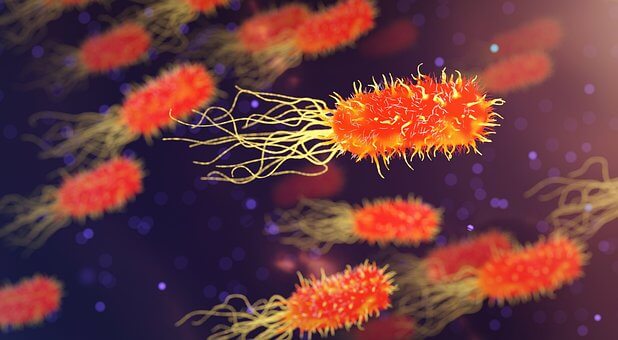A groundbreaking genetic study analyzing the microbiome of a large, nationally representative sample of the Finnish population finds that geographic, demographic, diet, and lifestyle factors drivef antibiotic resistance in the general population.
The study, led by Dr. Katariina Pärnänen from the University of Turku in Finland and presented at this year’s European Congress of Clinical Microbiology & Infectious Diseases (ECCMID) in Copenhagen, Denmark, underscores the urgent need for targeted interventions to reduce antibiotic resistance that are tailored to different demographics and lifestyles.
Antimicrobial resistance, which poses a significant threat to humanity, has become a leading cause of death worldwide, with an estimated 5 million deaths in 2019 and projected to overtake cancer as the leading cause of death by 2050. Despite significant efforts to understand the overall composition and health associations of the gut microbiome, a deeper understanding of the factors driving the distribution of antibiotic resistance within the general population is urgently needed.
To shed light on this issue, researchers delved into the extent to which demographic, dietary, health, and geographic factors influence the abundance of antibiotic resistance genes (ARGs) in gut metagenome fecal samples from 7,098 symptomless adults participating in the national FINKRISK study, a large representative Finnish population survey conducted every 5 years since 1972.
The FINRISK project collects extensive health and lifestyle data, including major diagnoses, blood measurements, habitual diet, and prescription drug use, which serve as proxies for the three ecological mechanisms that influence ARG abundance: acquisition of external ARGs from food, host health status (endemic resistance), and drug-mediated selection of resistant bacteria.
Using shotgun metagenomes, which involve untargeted genetic sequencing of all bacteria living in the gut, researchers examined the associations between participants’ antibiotic resistance gene load, diversity, and composition, as well as geography, demography, lifestyle, and health factors.
The analyses revealed that antibiotic use was indeed linked to higher ARG loads, but other drug classes, such as psycholeptic drugs (e.g., opioids and barbiturates), were also associated with higher abundance of ARGs. Additionally, more frequent consumption of raw vegetables and poultry, both of which can contain high quantities of resistant bacteria, was associated with higher ARG loads and diversity.
Furthermore, ARG loads, composition, and diversity showed clear variation according to geography. For instance, people living in western Finland had a higher abundance and more diverse ARGs compared to those living in the east, and higher population density was also associated with higher ARG load and diversity.
Interestingly, demographics also played a role, with women and participants on higher incomes found to have more resistance genes.
“Our findings clearly show that geography, demographics, and diet play an underappreciated role in antibiotic resistance,” says Dr. Pärnänen. “This has important implications for the antibiotic resistance crisis as more and more people are living in densely populated areas and cities and are able to buy more expensive types of foods, such as meat, and fresh produce, and also medication. Reducing or preventing the spread of antimicrobial resistance will require action plans at national levels that go beyond regulating the misuse of antibiotic prescriptions.”
If our reporting has informed or inspired you, please consider making a donation. Every contribution, no matter the size, empowers us to continue delivering accurate, engaging, and trustworthy science and medical news. Independent journalism requires time, effort, and resources—your support ensures we can keep uncovering the stories that matter most to you.
Join us in making knowledge accessible and impactful. Thank you for standing with us!

